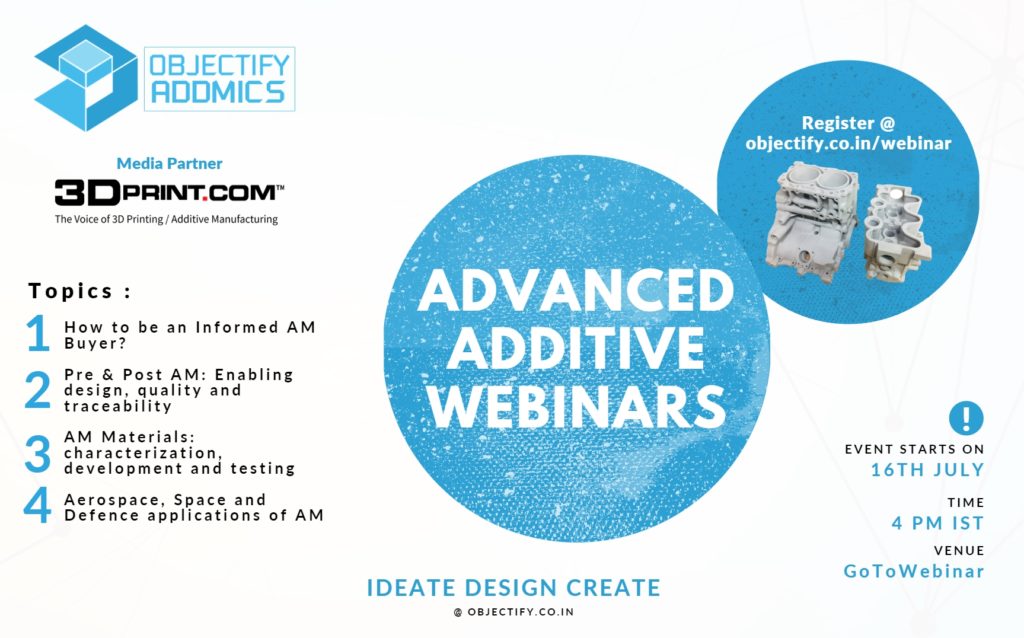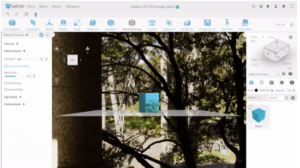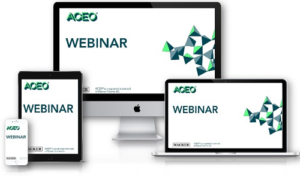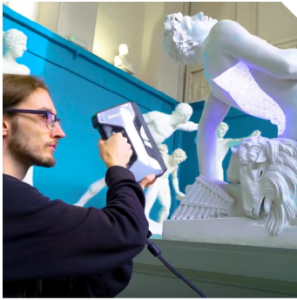Only a few years ago Ankit Sahu started Objectify Technologies. Over the past years of rapid growth, Objectify has become India’s largest 3D printing service bureau. The company serves the automotive and industrial markets and works with the main 3D printing technologies including powder bed (selective laser sintering), Direct Metal Laser Sintering (DMLS, LBPF, Selective Laser Melting) and stereolithography (SLA). Additionally, the company has CNC and vacuum casting and does everything from prototyping to manufacturing at scale using 3D printing. The company also lets people industrialize through giving them Design For Additive Manufacturing consultancy; FEA and CFD analysis including simulation services, and makes 3D printing software. Very little is known about the health of the 3D printing sector in India. Recently however investment and interest in the sector has exploded. Large companies have made fundamental investments in 3D printing as we learned from Wipro’s leader in the sector. Meanwhile, India is creating startups in-house printing, multi-material 3D printing, software for insoles and titanium implants. Will the Industry stay local, will India develop into a regional player in 3D printing or will the Indian 3D printing companies go global? A good time to interview Ankit Sahu about 3D printing in India.

What is Objectify?
Objectify is India’s largest Additive Manufacturing solutions provider with in-house SLS, DMLS, SLA, Vacuum Casting, and CNC machining capabilities. We also have in-house bright, talented designers trained in AM designs be it topology optimisation, reverse engineering etc. We, at Objectify serve wide range of customers from white goods/ electrical appliances, automotive, aerospace , space and tooling companies both pan India and internationally.
Why should I work with you?
Our biggest USP is that we are an Engineering driven organization. Our core team, as well as management, are engineers and hence we are very particular on each and every detail of a project. Be it, material development, topology optimization, laser specifications and functional requirements; we simulate, render and test extensively to ensure quality over everything else. We believe that additive manufacturability is the future of humanity. It gives us immense joy to see the components we make and the consultation we provide add value to society as a whole. We want to spread 3D Printing awareness all across the globe and start a butterfly effect for the industries, individuals and hobbyist alike.
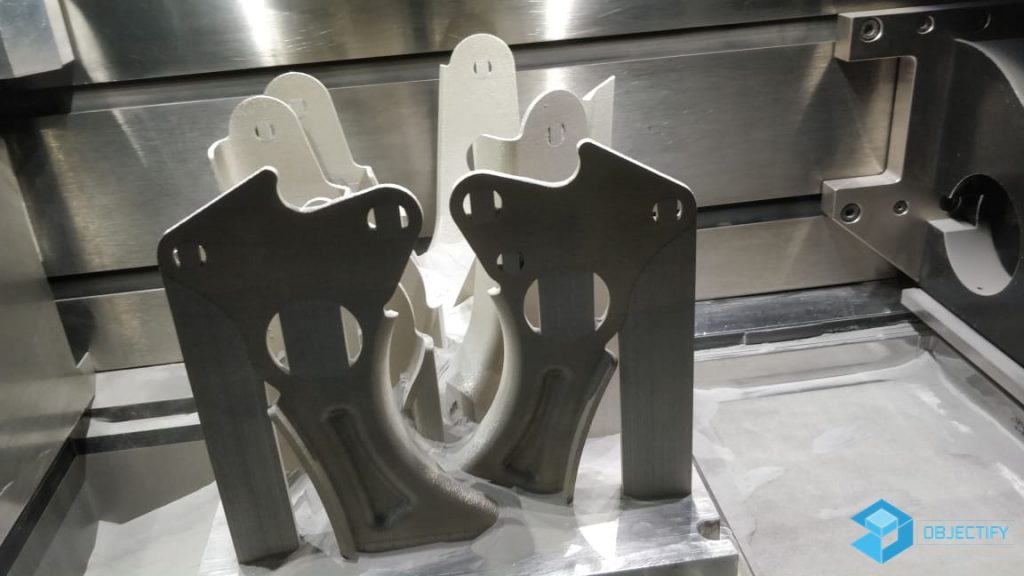
What is your company’s goal?
Being a pioneer in 3D printing in the Indian subcontinent, we have enlisted our goals in two subcategories, namely, Short and Long term. Our short-term goal is to influence and educate individuals and industrialists to accept this technology as a primary solution to their manufacturing needs. We aspire to be a thought leader and hub for an overall manufacturing expertise. Our long-term goals, on the other hand, is establishing long-term relations and creating synergy with industries pertaining to major manufacturing sectors such as Automotive, Aerospace, Tooling, Space Research and Medical so as to ensure sustainable manufacturability for the betterment of mankind.
How did you get started?
In 2013, We started at an SIIC incubation centre at Indian Institute of Technology, Kanpur with a small Makerbot FFF desktop printer. We started by working on a small research and development project at IIT Kanpur which gave us the confidence to work with the direct industry. Currently we have more than 450 unique registered industrial customers. Since then we have invested in multiple industrial grade AM equipments.
Why did you start your business?
We identified a huge gap within the manufacturing industry for quick short batch requirements in the R&D and NPD departments in different organizations. We started evaluating 3D printing to satisfy this gap and according to our experience, we have been able to achieve good traction and brand image with this approach of manufacturing.
How big are you?
We have been tripling our revenues on a year on year basis to become one of the largest AM solution providers. The human resource strength of the company is ever increasing. We have more than 60 people currently working with us. We have a decent strength in AM design, topology optimisation and an R&D to work on new material developments through AM.
You do SLS, SLA, and DMLS. Why those technologies?
SLA, SLS and DMLS are widely accepted technologies across the industrial sectors. These technologies provide unbeatable repeatability, quality and good per part cost for the customer with which it becomes easier to convince the customer to adopt 3D printing in their processes.
Are you seeing more direct part production emerge?
Moving forward, a lot of companies are looking at 3D printing to replace their small batch production, spare parts and inventory cost. Therefore, we have started getting lot of requirements for part screening, material evaluation, commercial analysis for these kinds of demand. In the process, we have gained some parts from our customers for the production which are helping them to scale their profits.
What kind of parts do you make?
As we are serving a wide spectrum of customers from electrical to automotive to aerospace, we get amazing and unique inquiries from our customers. We make a lot of automotive and aerospace engine parts to structural components to white goods mockups. As we are a very customer-centric company, therefore we have to be flexible and unique with our offering. We work with our customers on a project to project, case to case basis.
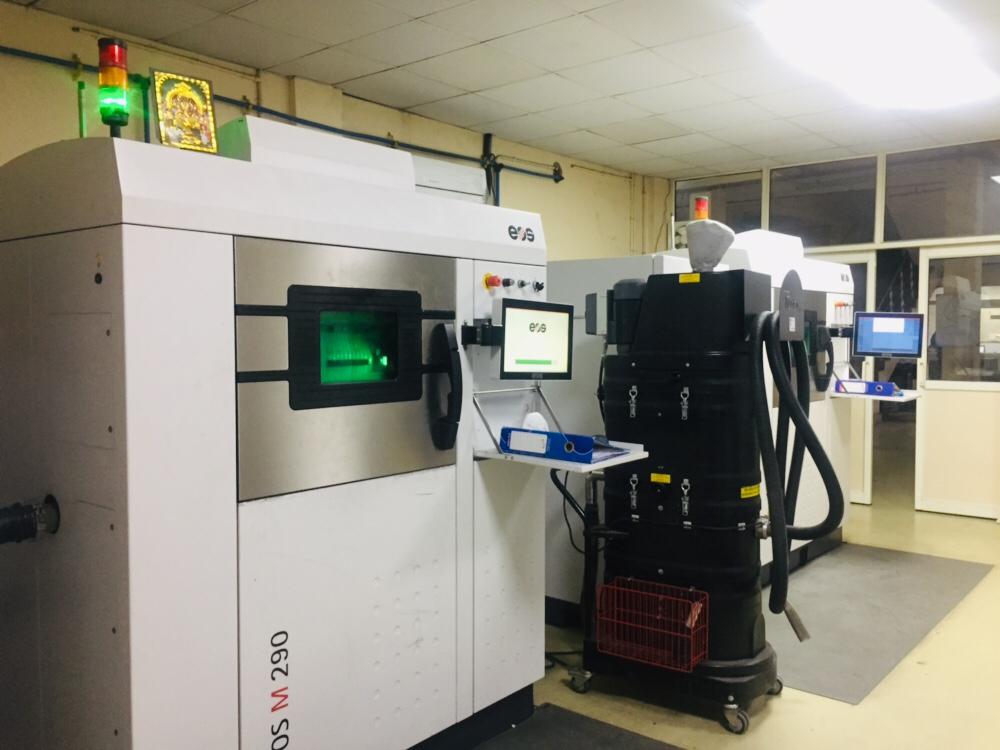
Are you seeing a lot more manufacturing applications emerging?
A lot of new and unique application with different kinds of project-level challenges to keep our team on their toes to provide solutions to our customer for their requirement.
You do a lot of work for automotive, was it difficult to get those customers?
The automotive sector is one of the most cost-driven industries and it was very difficult to convince them on the cost but slowly and steadily they have been adopting the technology in their NPD and R&D which is changing the course of adoption and accelerating it.
Do you do a lot of design and engineering work for your customers?
A good amount of our time is invested in design and engineering especially on the metal AM side as it requires a lot of pre and processing of the component.
It seems like India is really accelerating its interest in AM, why now?
India has been a slow and steady adopter of the AM technology but it is getting better out here. The quality of discussions in the Indian AM fraternity is increasing and getting on par with the rest of the world. Soon you will be hearing lot of good moves from the Indian AM industry.
If I were an industrial company and wanted to get started with 3D printing for prototyping, what advice would you give me?
Start slow, work on the applications and materials and acceptance criteria’s. In the end, 3D printing is just a tool for the industry to achieve the end goal of making a working component.
How far along is the manufacturing end-use parts?
In lot of cases, we have worked on end-use components through this technology. There have been components manufactured by us which are in aero engines, space satellites, and racing motorcycles. So the adoption rate is increasing day by day.
Machines have gotten a lot better the last years, what do you see as real roadblocks to expanding 3D printing?
Scale and automation is the biggest roadblock for the wide adoption of the technology. Industry wants to move out from doing indirect activities to direct realization of the component faster, cheaper and better. The global AM industry has to listen to their customers to assist their customers in solving these issues to reach that scale.


